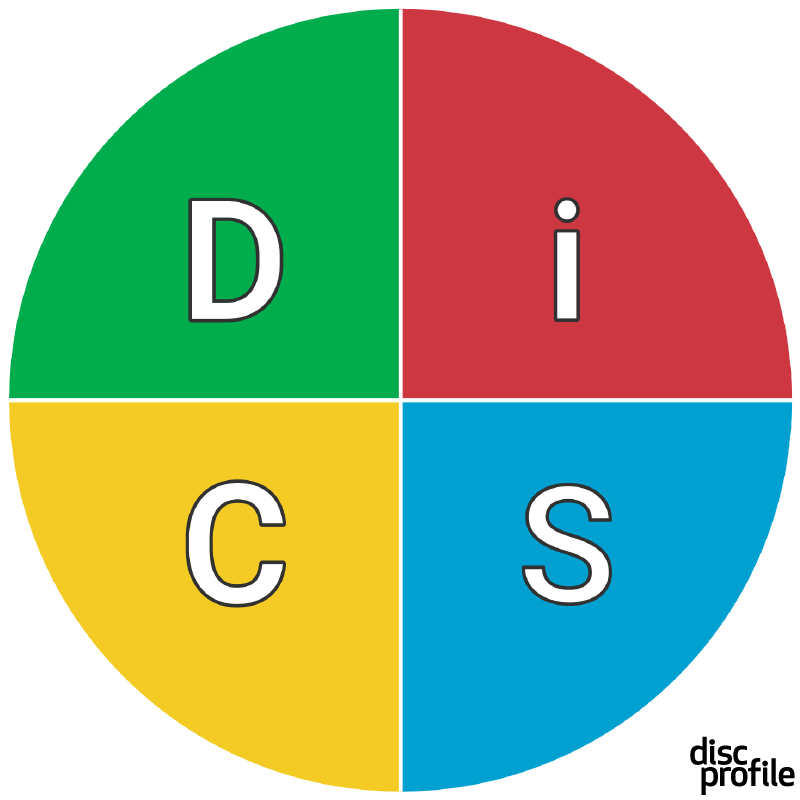Have you ever expected a certain level of customer service from a company but instead, you received something entirely different?
Maybe you received customer service better than what you initially expected. Impressed with the service, you decided to make that company your go-to.
Or, perhaps you received customer service that was less than spectacular. Completely appalled by the service, you made the fateful decision to blacklist that business forever.
Whether you had a positive or negative experience doesn’t matter—
what does matter is that you had specific expectations that shaped your overall experience. Where did these expectations come from? Were they delivered by the company, or did you create them? And the answer to this question definitely will have had an impact on your experience—whether you realize it or not.
What makes this interesting is that the two situations noted above could be the same exact service level from two separate companies offering the same service. But unfortunately for the blacklisted company, they set expectations that were too high, or they failed to set expectations at all. And as a result, you created an expected level of service on their behalf—one they could never reach.
Right about now you should be contemplating your expected level of service—a level that stems from your Service Level Agreements (or lack thereof). Do you know what they are? Do you know where they come from—you, your staff, or clients? Do you have a clear outline of any and all services you offer and all work tasks you perform? Do you have both external and internal deadlines? Are they reasonable and attainable over 90% of the time?
SLAs are imperative when it comes to how your staff and your clients perceive your business, and they will have a significant impact on how successful your business will be. When you establish SLAs that make sense to your daily operations and given level of resources, you have the
opportunity to look like a hero.
However, when you fail to establish SLAs, your business is at the
mercy of your client. At this point, your clients will be the ones to determine what an appropriate response rate looks like, and they will be the ones to decide how quickly their issues should be resolved, creating unrealistic expectations and encouraging customer dissatisfaction.
From the very onset of any contract—with a client, as well as an employee—you need to establish realistic SLAs. You’d be surprised how much more appealing a contract becomes to a potential client when you include clearly defined parameters. In essence,
you give your prospect comfort and confidence in your abilities and the proposed relationship…
Given these parameters, this is what I know to be true, and it is up to me to determine if I am okay with this.
SLAs should always include timeframes, resources, a level of communication, and expected outcomes and action items. Sometimes SLAs can be difficult to create because you need to establish a balance between
three key factors:
- What you can do
- What your competition can do
- What the client already expects of your industry
You should be able to deliver on SLAs no less than 90% of the time—which means you probably want to create SLAs based on a
minimum level of service.
This is what I know I am capable of, and I am confident I can surpass these expectations 90% of the time.
Here are a few tips to take with you:
- While SLAs should be a minimum level of service, they are not intended to be a crutch for your employees. You should strive to surpass Service Level Agreements and provide customer service that is better than expected.
- You need to deliver SLAs that are simple, clear, and precise. This will help to avoid confusion and miscommunication, as well as determine the roles of all parties involved.
- SLAs should increase the value of your offering and set you apart from your competition. If they do not, you should reassess the how, who, and when.
- SLAs should be a critical point of reference when measuring employee performance and customer satisfaction.
Sources
http://www.supportindustry.com/asktheexpert/benefits_slas.htm
http://www.sunviewsoftware.com/learn/blog/five-help-and-service-desk-benefits-sla







